SMB Accountants Pull Data Integration To The Top Of Their Priority Lists
PYMNTS
MAY 13, 2019
The rise of small business (SMB) accountants as financial advisors to their clients has emerged in parallel with a surge of back-office software solutions. As SMBs embrace cloud-based platforms, data integration across those systems is an integral part of effective accounting solutions.



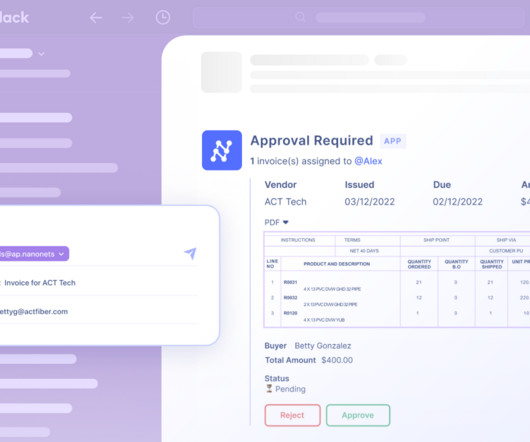

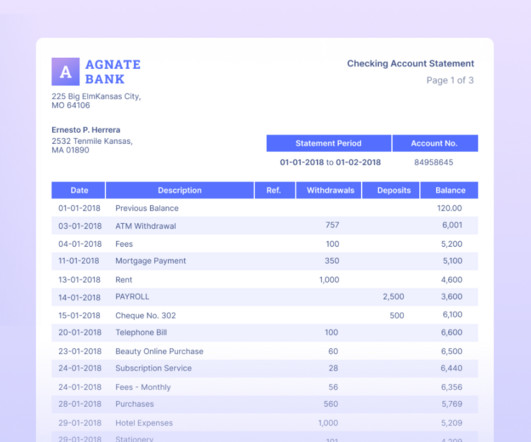



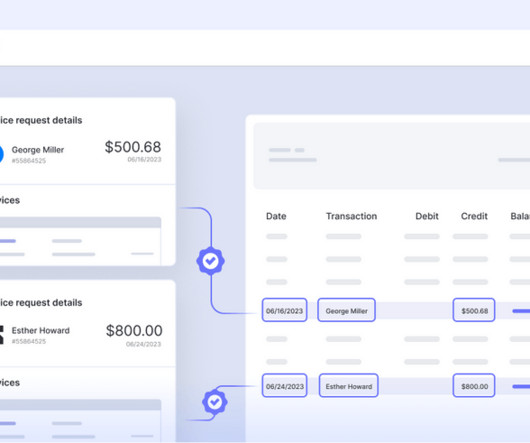
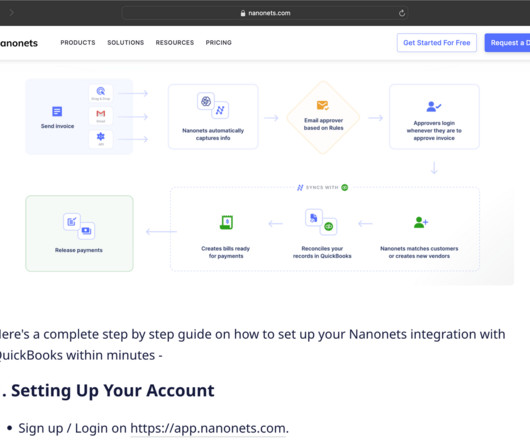



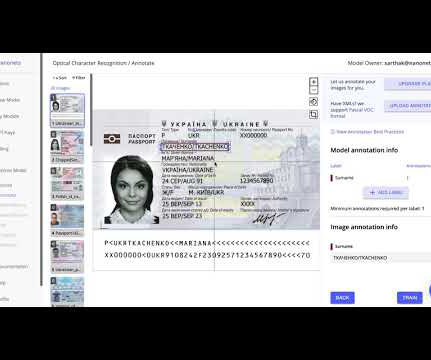








Let's personalize your content